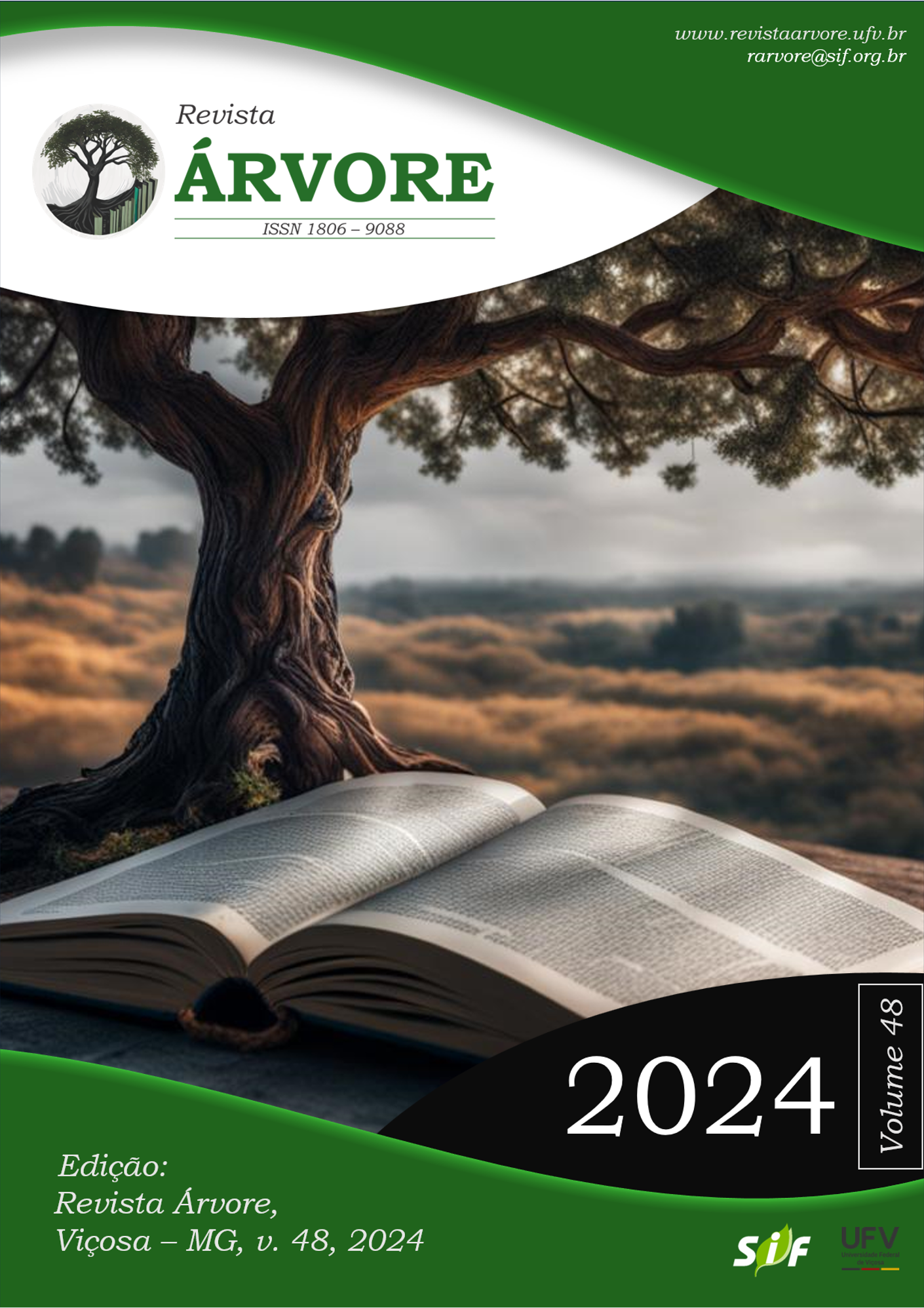Impacts of climate change on the natural distribution of species of lowland high and low in the Amazon
DOI:
https://doi.org/10.53661/1806-9088202448263751Keywords:
Forest conservation, Wetlands, Protected areasAbstract
The areas of Amazonian floodplains have added ecological value to their multiple ecosystem services, including water supply, local climate regulation, biodiversity with a marked number of endemic species, and diversity of micro-habitat. Considering the importance of conserving these environments, this study aimed to analyze the behavior and delimit the areas of the natural distribution of forest species Alchornea castaneifolia (Willd.) A. Juss and Laetia corymbulosa (lowland low), Maquira coriacea (H.Karst.) C.C. Berg (Moraceae), and Ocotea cymbarum Kunth (high floodplain), besides evaluating the potential impacts of climate change on the future distribution inferring on its conservation. The potential species distribution was modeled using Environmental Modelling & Software, by employing algorithms such as Bioclim, Domain, Maximum Entropy, Random Forests, and Support Vector Machine (SVM). The projections indicate that climate change threatens the occurrence of floodplain species. Under the SSP 585 scenario for both periods, the four species studied will lose areas of climatic adequacy until the end of the 21st century, especially in the Brazilian Amazon. The study shows the need to increase socio-environmental responsibility through conserving current protected areas in freshwater ecosystems and implementing new priority areas for conserving wetlands (Ramsar Sites) in the Amazon. Such measures are essential to ensure in situ conservation and protect them from habitat loss.
Keywords: Forest conservation; Wetlands; Protected areas
Downloads
Published
How to Cite
Issue
Section
License
All authors agreed to submit the work to Revista Árvore and granted the exclusive license to publish the article. The authors affirm that it is an original work and has not been previously published elsewhere. The scientific content and opinions expressed in the article are the sole responsibility of the authors and reflect their opinions, not necessarily representing the opinions of the editorial board of Revista Árvore or of the Society of Forest Investigations (SIF).








